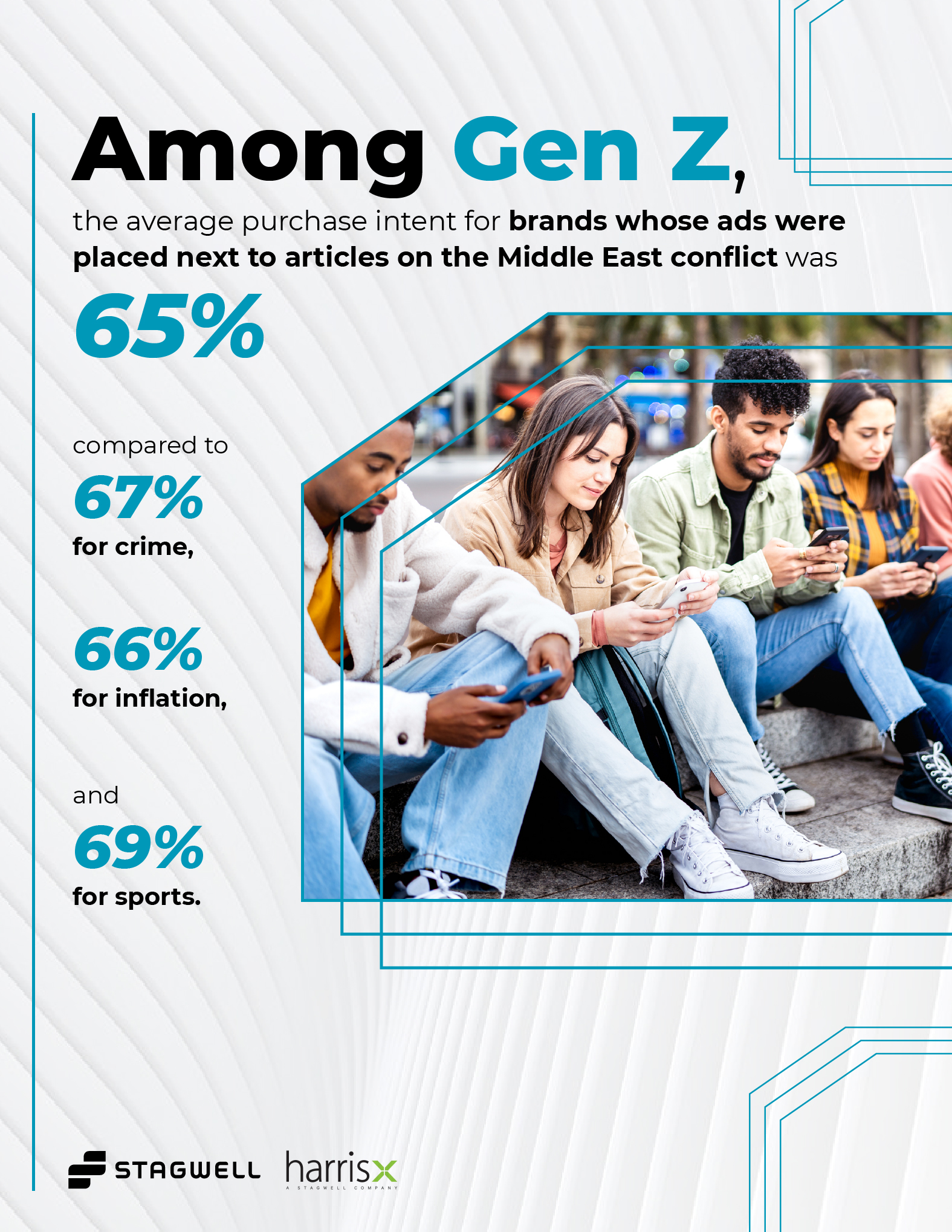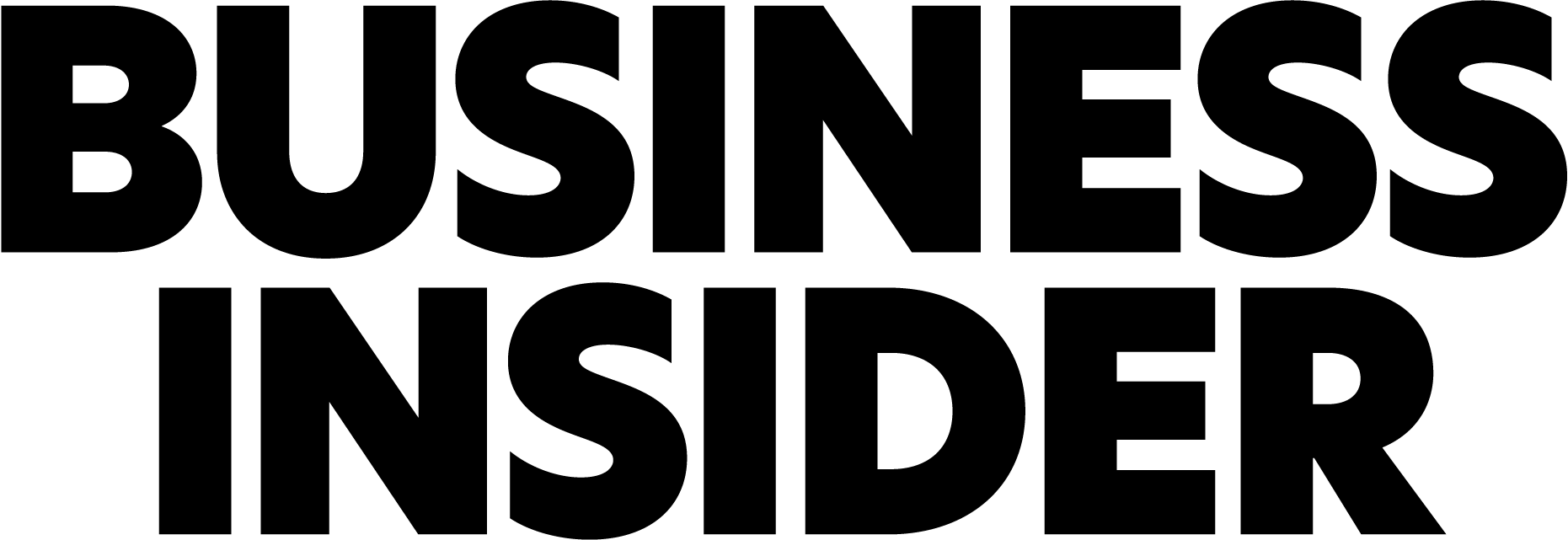
Instead of feeding the vicious cycle of news demonetization that hurts quality journalism the most, advertisers should kickstart a virtuous cycle of investing in news that allows brands to reach valuable audiences and gives quality news content the financial stability it needs to thrive.”
Meet the Future of News
Recognizing that news is the foundation of a thriving democracy and a critical marketing vehicle, Stagwell is launching a series of ‘Future of News’ studies and events to fuel discussions on the importance of advertising in news.
Stagwell’s inaugural research for the series examines the concept of brand safety—the measures taken to ensure a brand’s advertisements don’t appear alongside content that could potentially harm that brand’s reputation. Because the current approach to brand safety disproportionately hurts the news industry, Stagwell created a study to determine the real impact of ad adjacency.
Results + Findings

The Future of News Study was conducted among 49,990 U.S. adults from March 29 to April 19, 2024. HarrisX, a Stagwell company, conducted the quantitative survey-based online interviews. The sampling margin of error is +/-0.44% for the total study.
The survey data was weighted to a nationally representative sample of American adults across key demographics, including age, gender, region, race/ethnicity, education, income. See full methodology below.


Download the Brand Safety Study
Have a Question?
[email protected]
Future of News
Summit
Stagwell will host its inaugural Future of News summit on May 15, 2024, held at Stagwell’s global headquarters at One World Trade Center in New York.
The summit will bring both brand and publisher partners together to discuss ways to navigate the current news climate and maintain consumer trust. Over the course of the afternoon, Stagwell will premier its groundbreaking research conducted by HarrisX, and facilitate two panels of top newsmakers who understand the space – and its potential and pitfalls – better than anyone.
It also marks the formal debut of Stagwell’s new partnership council of U.S. publishers, media buying platforms and social platforms. Together, the council will launch a transformative platform to challenge the advertising industry to reinvest in news.
Our Panelists
Our Panels
BEING A JOURNALIST TODAY: STORIES FROM THE FIELD
A moderated conversation about the journalists today who are breaking down barriers, holding truth to power, and shining a light on the issues that matter most- despite the most difficult and dangerous of circumstances, featuring:
- Hannah Beckler, Business Insider: Beckler is the Senior Editor, Investigations at Business Insider. Most recently, she reported on the eight US state prison systems that deploy patrol dogs to attack and terrorize incarcerated people, for which she received a National Magazine Award.
- Jason Conti, Dow Jones: Conti is the EVP and General Counsel at Dow Jones, publisher of The Wall Street Journal. As general counsel, he oversees the company’s legal department. Conti also leads the company’s legal efforts to secure the release of WSJ reporter Evan Gershkovich, who has been wrongfully detained in Russia for over a year.
- Josh Gerstein, POLITICO: Gerstein is POLITICO’s Senior Legal Affairs Reporter. Gerstein covers the intersection of law and politics, including Special Counsel Robert Mueller’s investigation of President Donald Trump and his associates, as well as ensuing counter-investigations into the origins of the FBI’s initial inquiry into the Trump-Russia saga.
- Jason Rezaian, The Washington Post: Rezaian is a writer for Global Opinions. He served as The Post’s correspondent in Tehran from 2012 to 2016. He spent 544 days unjustly imprisoned by Iranian authorities until his release in January 2016. He is a CNN contributor.
- Megan Twohey, The New York Times: Twohey is an investigative reporter at The New York Times whose work has prompted changes to the law, criminal convictions and cultural shifts. Twohey is most known for being one of the journalists who broke the story of Hollywood producer Harvey Weinstein’s long pattern of sexual harassment and abuse, which helped ignite the #MeToo movement and shared in the Pulitzer Prize for Public Service.
- Moderated by Ray Day, Stagwell Vice Chair
WHY NEWS WORKS FOR BRANDS
Investment in advertising on news platforms is not only brand safe, but also lends itself to a strong return on investment. This session will be an interactive dialogue with business leaders sharing their perspectives on the value of news and how to maximize impact through tailored marketing, featuring:
- Tara Carraro, U.S. Steel: Tara Carraro serves as Senior Vice President and Chief Communications Officer for U. S. Steel where she is responsible for reputation management and communications strategies designed to help deliver on its Best for All® strategy. She also has executive responsibility for Community Relations and non-governmental Stakeholder Engagement.
- Will Doherty, The Trade Desk: Doherty is the Vice President of Inventory Development at The Trade Desk where he oversees strategic partnerships with publishers which includes legacy media, television networks as well as new and emerging channels. Doherty has been responsible for launching products including OpenPath and championing Unified ID 2.0 amongst the publisher side of digital media.
- Dan Gardner, Code and Theory: Gardner is co-founder of the technology-first creative agency Code and Theory and ON_Discourse, a new membership media company focused on the business of technology, prioritizing expert-driven discourse to drive perspectives.
- Shenan Reed, General Motors: Reed is the Global Chief Media Officer at General Motors. She comes to the automaker following three-and-a-half years as SVP, Head of Media at L’Oréal USA and 20+ years of media agency experience.
- Moderated by Lou Paskalis, Ad Fontes Chief Strategy Officer
Our Partners
Publisher Council








Industry Leaders


Methodology
The Future of News Study was conducted among 49,990 U.S. adults across the United States from March 29 to April 19, 2024. HarrisX, a Stagwell company and a leading global research consultancy, conducted the quantitative survey-based online interviews. The sampling margin of error is +/-0.44% for the total study sample, +/-1.32 for each news article tested, and +/-4.38 for each variation of study stimulus.
The survey data was weighted to a nationally representative sample of American adults across key demographics, including age, gender, region, race/ethnicity, education, and income, to align with the US census.
HarrisX obtained the survey sample from multiple industry-leading online sample panels. Throughout the data collection process, HarrisX used in-house technology tools to ensure data quality including authenticating survey respondents and preventing multiple survey submissions.
HarrisX, in coordination with Stagwell, led and executed all aspects of the study, including survey design and methodology, data collection, processing and analysis. Media partners did not have any input on the study design, execution or analysis. Media partners also did not have any input on the selection of the brands, ads or articles used in the survey.
The study used real articles, which had been recently published by the study media partners. To focus solely on ad adjacency, all publisher branding and article author information were removed from the study stimulus. The selected articles focused on issues and events that are top-of-mind for Americans.
The study also used real ads and placed them adjacent to real news articles that had been recently published by the study media partners.
The ads were selected solely for research purposes and the study should not be used to make any claims on the effectiveness of individual ads or to make any claims on the corporate reputation health of individual companies. The brand selection was carried out to ensure that the ads came from companies that most Americans are familiar with, represent a variety of sectors, and offer a variety of products and/or services, as per the Axios Harris Poll 100. The brands have no association with the study and did not have any input on the study design, methodology, or analysis.
The study used a monadic ad testing approach, whereby each respondent only saw one variation of the stimulus (an ad placed adjacent to a type of news content) and then was asked a series of eight reputational metrics about the brand whose ad they were exposed to. The stimulus variation that each respondent saw was assigned randomly. The respondent survey experience, including the display of ad adjacency, was compatible via desktop and mobile.
Each stimulus variation was balanced individually across key demographics to control for sampling error.
Prior to seeing the stimulus, respondents were not exposed to any messaging on the brands used in the study or any of the issues/events that are the focus of the news articles used in the study.












